Karl Storz 11101RP2 Rhino-Laryngo Flexoscope
Introducing the Karl Storz 11101RP2 Rhino-Laryngo Flexoscope for sale.
Based on their names, flexoscopes are extremely flexible. They are easy to use and enable access to convoluted and irregularly shaped spaces, channels, or pipes that would otherwise be inaccessible to the human eye. Karl Storz Flexoscopes come in diameters between 0.5 mm and 9 mm and feature a robust, smooth outer shell made of plastic or a metal-tungsten braiding.
Two-way or four-way deflection translates into a large field of view and ensures ease of use and efficiency when used in combination with a kink protector and integrated lock. When combined with a powerful external light source, our high quality optical system offers you an outstanding, sharp image that allows you to reliably assess the object to be inspected.
Karl Storz 11101RP2 Rhino-Laryngo Flexoscope Features
- Sapphire front lens for optimal protection: computer-calculated lens for optimized light control
- Outer shell with robust, smooth, multi-layer and waterproof plastic or tungsten braiding
- Extreme flexibility paired with extremely small diameters
- Reliability and robust design
- Easy handling
- High image quality
- Compatibility with the entire product range
Karl Storz 11101RP2 Rhino-Laryngo Flexoscope Specifications
- Optical System
- Field of View: 70°
- Direction of View: Forward
- Depth of Field: 5 to 50 mm
- Insertion Tube
- Insertion Tube Outer Diameter: 3.7 mm
- Working Length: 300 mm
- Bending Section
- Angulation Range: Up 180° | Down 100°
- Total Length: 552 mm
Description of Karl Storz Flexoscopes
The Karl Storz 11101RP2 Rhino-Laryngo Flexoscope’s flexibility is based on its unique image guide system that consists of optical fibers. The optical fibers transmit the image from the lens to the eyepiece. Depending on the type of flexoscope, the bundle of optical fibers or “image guide bundle” can consist of up to 100,000 individual fibers. Often, the diameter of an individual fiber is thinner than a human hair.
The individual fibers consist of two types of glass: a core surrounded by a thin layer of cladding. Since the cladding has a lower refractive index than the core, all optical signals are fully reflected at this “boundary” between the two types of glass. This enables the transmission of the image in the form of individual image points. The image resolution of a flexible endoscope and thus the visibility of details in the inspected area depends on the number, packing density and quality of the individual fibers in the image guide. High quality, ordered optical fiber bundles are still made by hand.
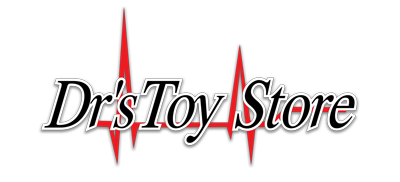
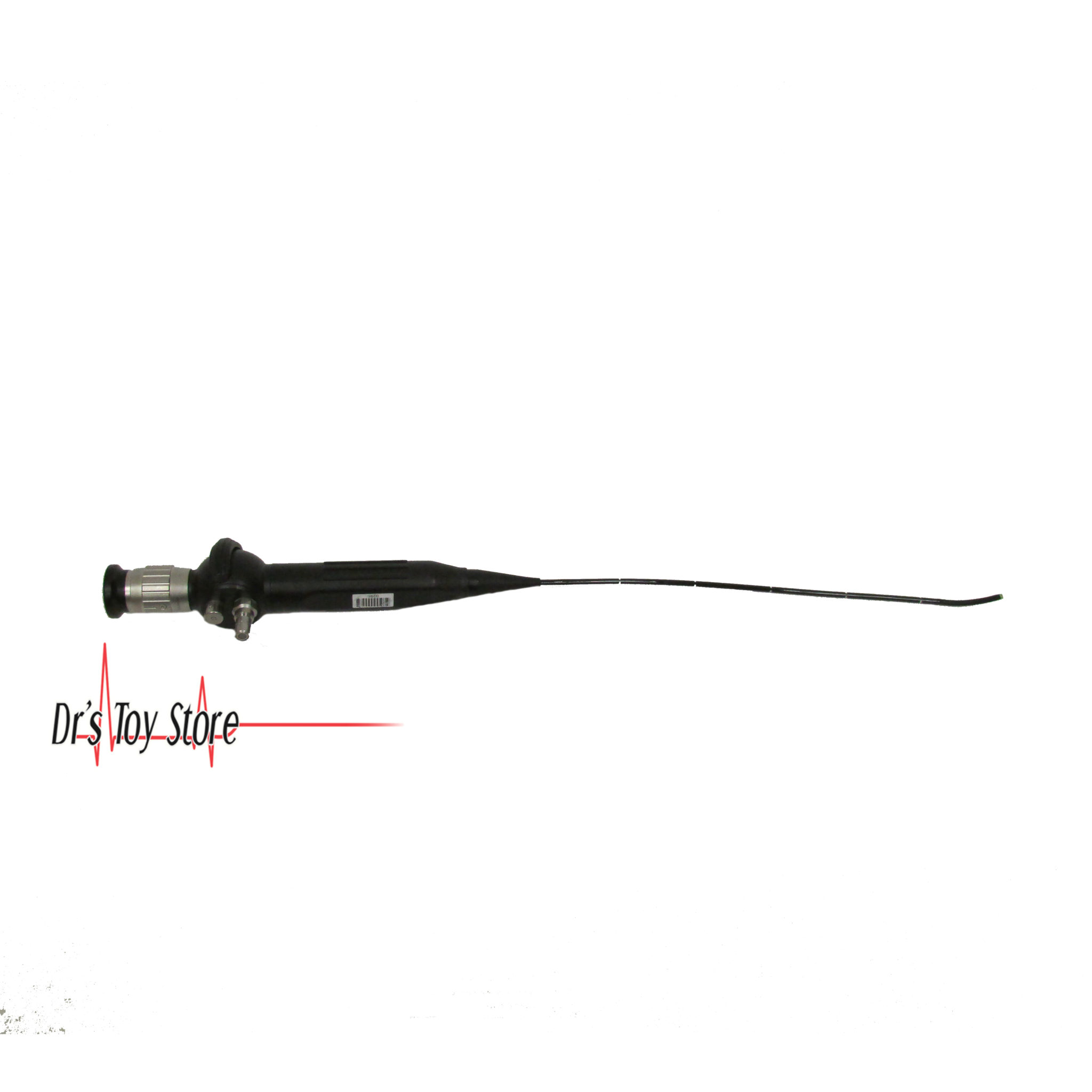
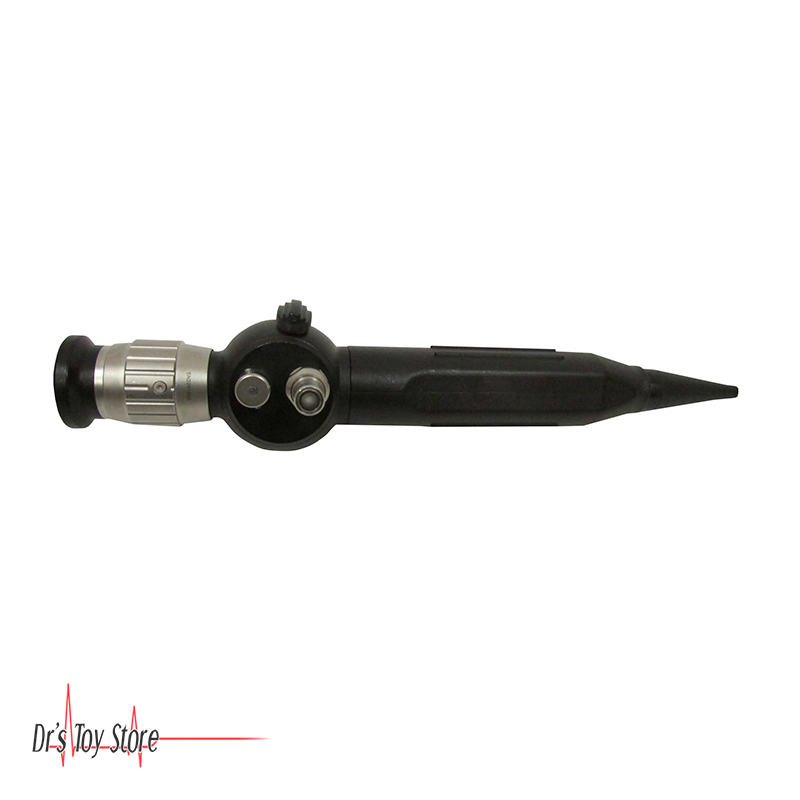
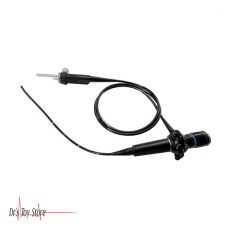
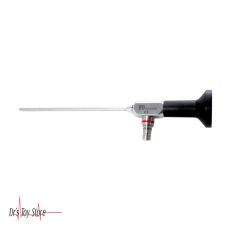
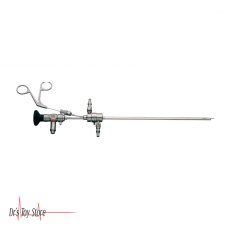
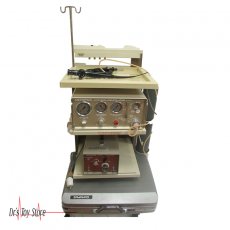
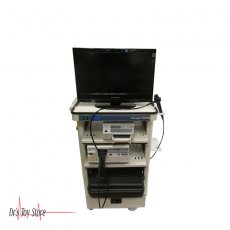
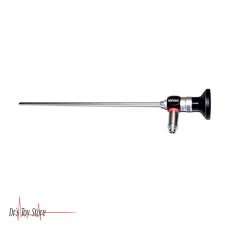
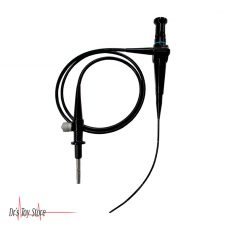
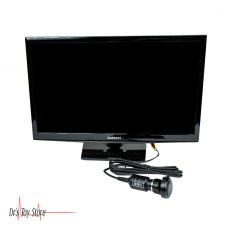
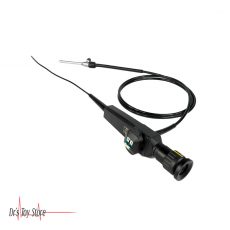

Reviews
There are no reviews yet.